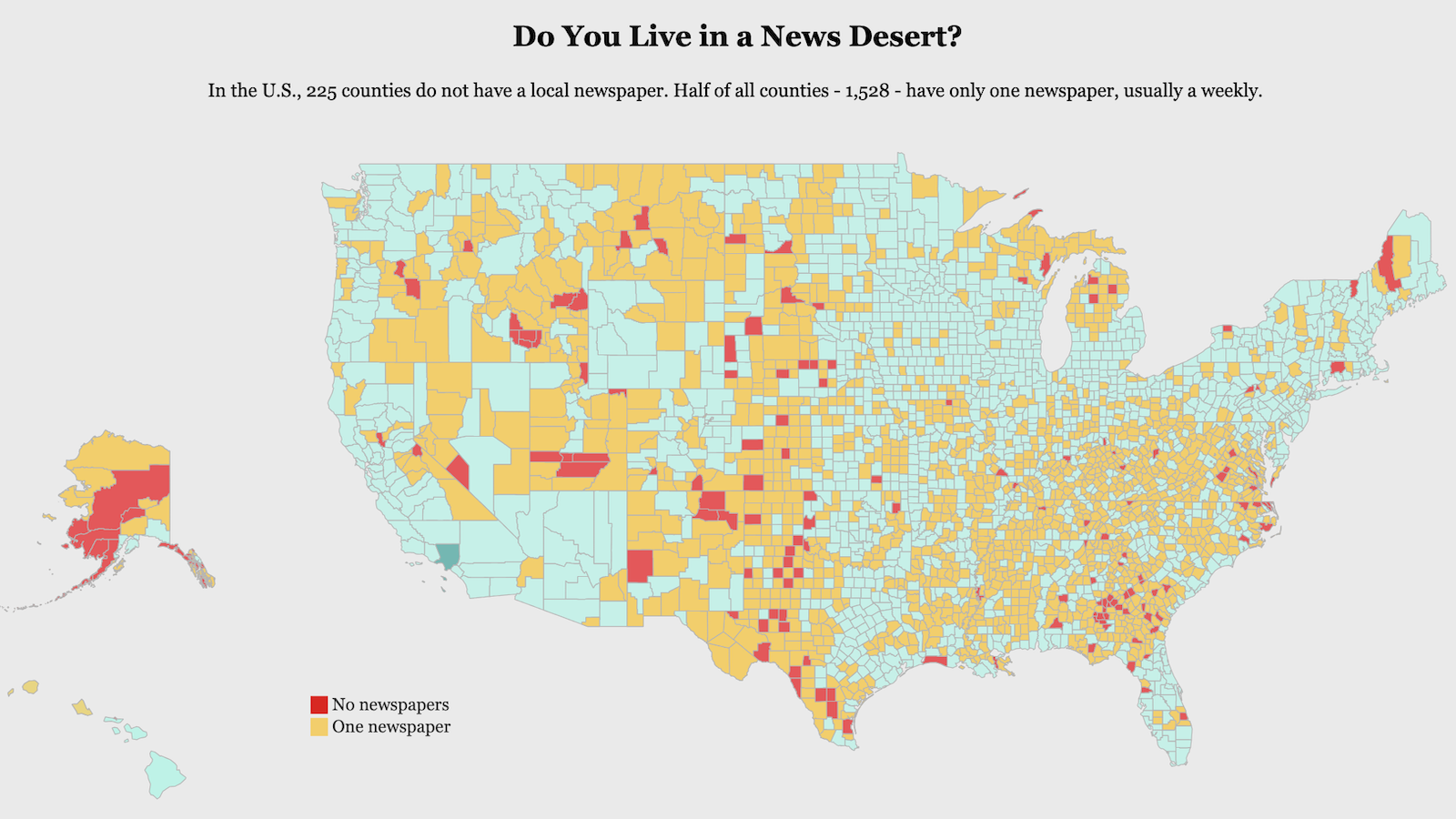Why Tablets Will Lead to Ad-Supported Books

The tablet revolution, by making it possible to place advertisements within digital e-books, is about to change the publishing world forever. Imagine commuting to work while reading The Great Gatsby on your Kindle for free, thanks to the generous sponsorship of a financial services company like Chase. Or, imagine being curled up in your pajamas reading Doctor Zhivago at night, while tiny contextual ads for 1-800-Flowers pop up on your Kindle anytime there’s a romantic scene between Yuri and Lara. Dedicated fans of physical books have already watched on in horror as Kindle sales began to outpace paperback sales on Amazon. Get ready for the next big shock: companies like Amazon will forever change how we think about books by using advertisements to pull down the costs of e-books.
Think of it this way — we’ve already cleared one hurdle on that path, and that’s getting people used to the idea of the ad-supported e-reader (first Amazon’s Kindle with its “Special Offers,” then Kobo). Moreover, publishers and booksellers are quickly warming to the idea of new business models such as “freemium,” mostly because they have no other choice if they want to stay in business. America, unfortunately, is no longer a nation of local independent booksellers — your basic choice these days if you want to buy a book is to hope there’s a Barnes & Noble nearby or just do what everyone else does, and that’s download books from Amazon for the lowest price you’ll find anywhere.
The next step is to go beyond just ad-supported e-readers, and that’s to put the ads right smack inside of the e-books themselves. If recent polls of readers are any indication, then we’ve reached the point where a growing number of readers are actually ready to buy an ad-supported book. And the big tech companies like Google are certainly on board because they realize the same technology that can be used to target readers as they move from website to website across the Web can also be used to target readers as they move from page to page within a book.
And it’s not totally without precedent – for the past decade, there have been on-again, off-again attempts to introduce ads into e-books. In fact, ads have appeared in massmarket paperbacks since the 1950’s. What confuses people half-a-century later is the notion that there’s something supposedly “sacred” about a book that even marketers and advertisers understand . But that was never really the case — the only reason that marketers and advertisers steered clear of ads in books is that physical books were actually terribly poor vehicles for advertisements. Think about it — if you’re a big retailer and you have a promotion going on, you want to reach people right now not in two weeks, not in two months or two years from now. With physical books, you never really knew when a person would see an ad. However, that’s precisely the promise of today’s digital technology – getting the right ad to the right person at the right time.
And for people who say that advertising-supported e-books are going to pull down the whole craft of writing, have you ever actually analyzed how much cash writers are getting paid for the paperback and hardbound books they’re writing today? Suffice it to say that writing is not a lucrative career. One could actually argue the converse — that the writers of today have no real motivation to write the next Great American Novel because there’s no money to be made. Right now, they’re better off writing marketing jingles and advertising copy than they are living an ascetic lifestyle and commiserating with the characters in Rent.
Who knows? Once we pull advertisers and marketers into the book business, it could lead to entirely new ways to think about the book and entirely new forms of storytelling. In short, a flood of cash from in-book advertising could lead to new types of innovation. As WIRED pointed out this summer, one hopeful area of development is something like Russell Quinn’s The Silent History — an innovative book concept that’s actually more along the lines of transmedia entertainment with a wealth of interactive features that help to draw in readers.
It’s exactly those types of innovative features that could become the back door for advertisers to get inside your book. Don’t worry — in the same way that you’re willing to endure 30-second spots for household cleaners, beer, chips and cars in order to get free TV at night, you will be ready to endure 30-character ads on your Kindle or iPad if it means that you get free books at night.
image: Businessman hands use tablet / Shutterstock





